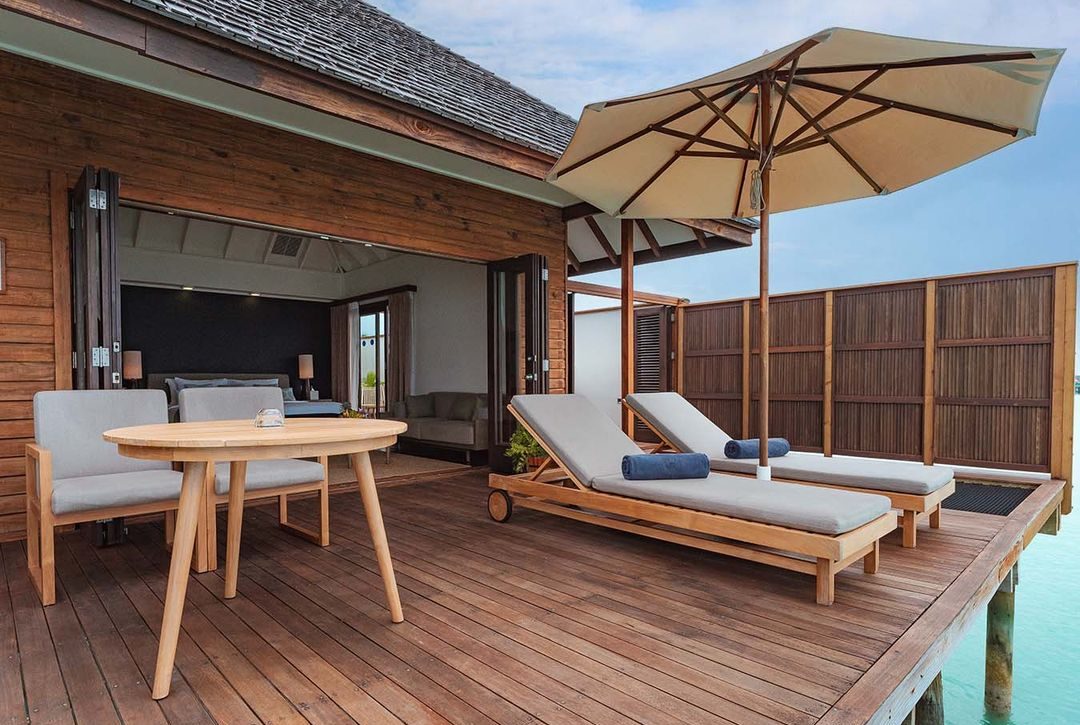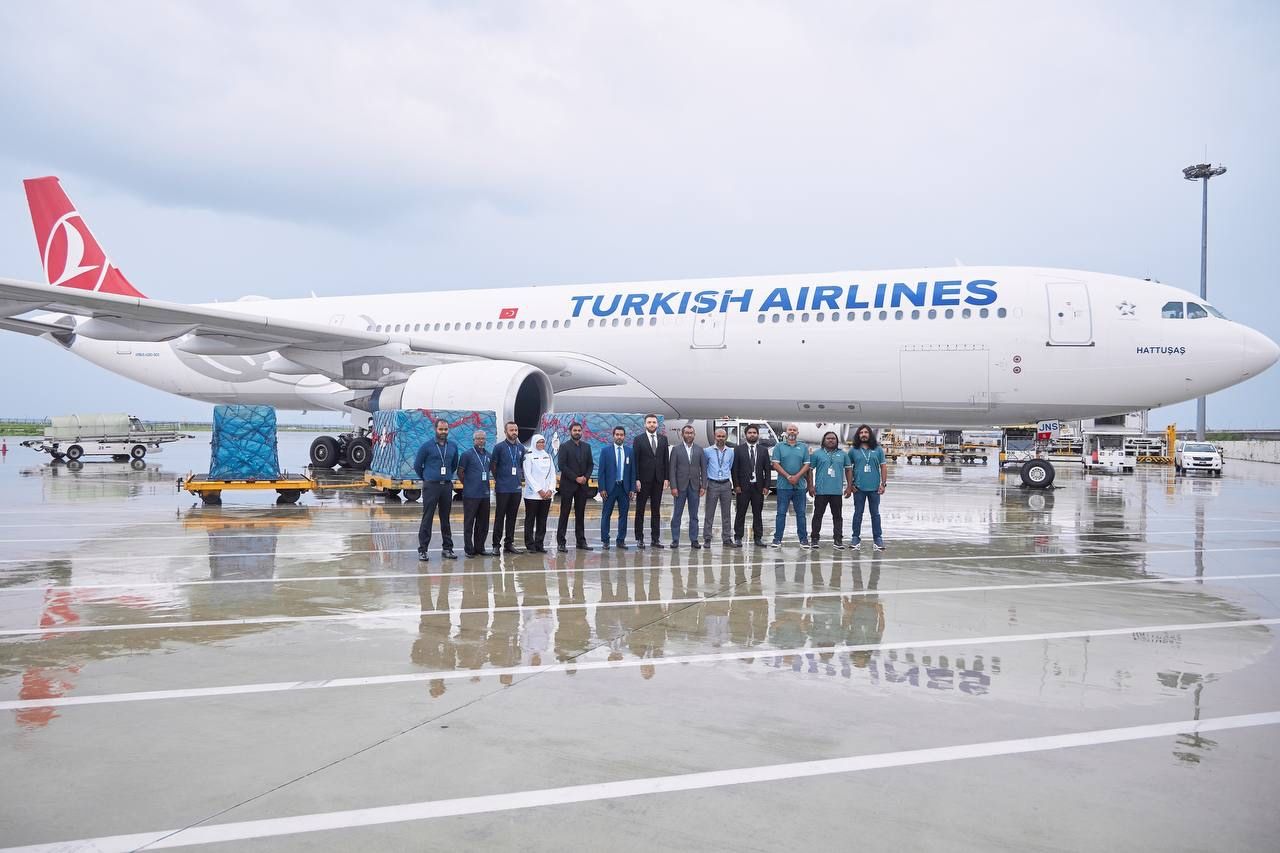Patina Maldives is in the final round for the most Instagrammable hotel in the world. Patina Maldives is also the only Maldivian property that made it to The Luxury Travel Advisor’s annual contest’s final round. Travellers can now vote for Patina Maldives to take the spot as the most Instagrammable hotel in the world 2024.
Readers have continuously voted, narrowing it down to two contenders: Patina Maldives and Impression Isla Mujeres by Secrets in Mexico. Patina Maldives, the winner of the southern hemisphere rounds, faces off against Impression Isla Mujeres by Secrets, the winner of the western hemisphere rounds. This luxury resort in North Male’ Atoll was selected as one of 64 hotels worldwide in the bracket-style tournament.
Why Vote for Patina Maldives as the Most Instagrammable Hotel?
Patina Maldives is known as one of the best luxury resorts in the Maldives. Every stay becomes memorable at this island of freedom, inspired by all that you are. The resort offers more than just a luxury Maldives resort stay. Patina harnesses the power of nature, wellness, creativity, and exploration. In addition to the exceptional and curated celebrations, the stays at Patina Maldives are also equally memorable.
The resort offers 90 contemporary one-to-three-bedroom Beach and Water Pool Villas. Additionally, guests can also explore 20 Fari Studios located in a private sanctuary. The island brings the unique simultaneous experience of isolation and belonging. Patin Maldives’ biophilic design is curated by renowned Brazilian architect Marcio Kogan, founder of international award-winning Studio MK27.







